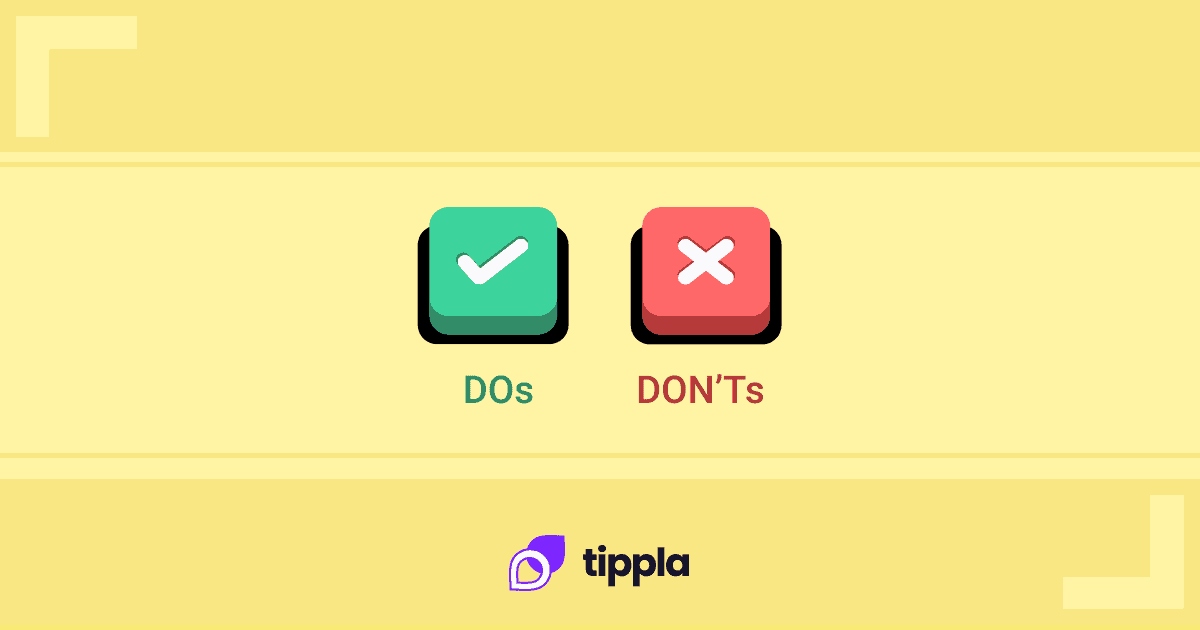Published in August 14, 2024
A Guide to Preventing Unauthorised Credit Enquiries

In today’s digital age, safeguarding your financial identity is more crucial than ever, especially in Australia where instances of identity theft and fraud are on the rise. A credit report is a detailed record of your credit history, which lenders use to assess your creditworthiness. Unauthorised credit enquiries can not only lower your credit score but also pave the way for fraudulent activities, leading to severe financial consequences.
This guide aims to provide specific steps on how to freeze your credit report, an effective measure to prevent unauthorised access and protect yourself from potential fraud.
Understanding Credit Freezes
What is a Credit Freeze?
A credit freeze, also known as a security freeze, is a measure that restricts access to your credit report, making it harder for identity thieves to open new accounts in your name. In Australia, this service is offered by major credit reporting bodies such as Equifax, Experian, and Illion. By freezing your credit, you prevent creditors from viewing your credit report unless you lift the freeze, effectively blocking unauthorised credit enquiries.
A credit freeze limits third-party access to your credit report, protecting your financial information from being used fraudulently. Key features include:
- Accessibility: Only you can lift the freeze, providing control over who can see your credit report.
- Duration: Typically remains until you request its removal, although temporary lifts can be arranged.
- Cost: Free to implement and maintain with the credit reporting agencies.
Difference Between a Credit Freeze and a Credit Lock
While both credit freezes and credit locks restrict access to your credit report, there are notable differences:
- Legal Protection: Credit freezes offer more legal protections compared to credit locks.
- Implementation: Freezes are governed by specific regulations, whereas locks are often easier to manage via mobile apps but may come with fees.
- Duration: Freezes are indefinite unless removed, while locks can be toggled on and off more conveniently.
How Credit Freezes Work
Freezing your credit report involves several specific steps to ensure your personal information is protected against identity theft and unauthorised credit enquiries. Here’s how to go about it:
1. Contacting the Credit Reporting Agencies
Australia has three main credit reporting agencies: Equifax, Experian, and Illion. You will need to contact each of these agencies individually to place a freeze on your credit report.
2. Providing Necessary Documentation
When requesting a credit freeze, you will need to provide certain documents to verify your identity. These generally include:
- A copy of your driver’s license or passport
- Proof of address (e.g., a utility bill)
- A copy of your birth certificate or another government-issued ID
3. Requesting the Freeze
Once your identity is verified, you can request a freeze on your credit report. This can typically be done online through each agency’s website, or by calling their customer service lines. You might also need to fill out specific forms provided by the agencies.
4. Confirming the Freeze Has Been Applied
After submitting your request, you should receive a confirmation from each credit reporting agency that your credit report has been frozen. This confirmation usually includes a PIN or password that you will need to unfreeze your credit report in the future.
Managing Your Credit Freeze
How to Temporarily Lift a Credit Freeze
You might need to temporarily lift a credit freeze for various reasons, such as:
- Applying for a loan or credit card
- Renting a property
- Setting up a utility service
- Applying for a job that requires a credit check
Process for Temporarily Lifting a Freeze
-
- Identify the credit reporting agency: Determine which credit reporting agency your potential creditor will contact.
- Gather your information: Have your details and the PIN or password you received when you initially froze your credit report.
- Contact the agency:
-
- Equifax: Go to the Equifax website, log into your account, and follow the prompts to temporarily lift the freeze. You can also call their customer service line.
- Experian: Visit the Experian website and log into your account, or call their customer service to lift the freeze temporarily.
- Illion: Use the Illion website to log in and manage your credit freeze, or contact their customer service for assistance.
- Specify the duration: Indicate how long you want the freeze to be lifted. This can be for a specific period or until a particular date.
- Confirm the lift: Ensure you receive a confirmation from the agency that the freeze has been temporarily lifted.
How to Permanently Remove a Credit Freeze
Steps and Requirements for Unfreezing Your Credit Report
-
- Collect your documentation: Gather the same documents you used to place the freeze, including your PIN or password.
- Access the agency’s platform:
-
- Equifax: Log into your myEquifax account or call their customer service to request permanent removal of the freeze.
- Experian: Use your Experian account or contact their security freeze center to initiate the unfreezing process.
- Illion: Log into your account on the Illion website or reach out to their customer service to permanently lift the freeze.
- Submit your request: Fill out any required forms and submit your request online or by mail, depending on the agency’s procedures.
- Confirm unfreeze: Receive and keep a confirmation from the credit reporting agency that your credit report is no longer frozen.
Potential Challenges and Solutions
Common Challenges in Freezing Your Credit Report
Delays in Processing Requests
When you request a credit freeze, there can be delays in processing. This might be due to high demand, particularly after a large data breach, or due to bureaucratic inefficiencies within the credit reporting agencies.
Issues with Documentation
Another common challenge is providing the correct documentation. Mistakes in your forms, missing documents, or outdated information can all lead to delays or rejections of your freeze request.
Solutions and Tips for Overcoming Challenges
Ensuring Accurate and Complete Documentation
- Double-check your forms: Before submitting your request, ensure all personal details are correct and match your identification documents.
- Gather all necessary documents: Typically, you’ll need a copy of your driver’s license, passport, or other government-issued ID, along with proof of address like a utility bill or bank statement.
- Follow specific guidelines: Each credit reporting agency may have slightly different requirements, so be sure to check their websites for the exact documents needed.
Following Up with Credit Reporting Agencies
-
- Keep records: Save copies of all documents you submit, as well as any confirmation emails or reference numbers you receive.
- Set reminders: If you don’t hear back within the expected timeframe (usually within 10 days), follow up with the agency to ensure your request is being processed.
Additional Tips for Protecting Your Credit
Using Fraud Alerts in Conjunction with Credit Freezes
In Australia, using fraud alerts alongside credit freezes can provide an added layer of protection. A fraud alert notifies potential creditors to verify your identity before opening new accounts, while a credit freeze restricts access to your credit report, making it harder for scammers to open accounts in your name. Both services are offered for free by the major credit reporting agencies, including Equifax, Experian, and Illion.
Safeguarding Personal Information
To safeguard your personal information, avoid sharing sensitive details like your birthdate, address, and driver’s license number unless necessary. Regularly update passwords and enable two-factor authentication on all financial accounts. Shredding documents containing personal information before disposal is also crucial in preventing identity theft.
Best Practices for Data Protection
Adopting best practices for data protection can significantly reduce the risk of fraud. Ensure your computer and mobile devices have up-to-date antivirus software. Use secure networks when accessing personal or financial information online, and avoid public Wi-Fi for sensitive transactions. Regularly monitor your bank statements and credit reports for any suspicious activity.
Avoiding Phishing Scams and Identity Theft
Phishing scams are prevalent and can lead to identity theft. Be cautious of unsolicited emails or messages asking for personal information. Verify the legitimacy of the sender before clicking on any links or providing details. Educate yourself about common phishing techniques and report any suspicious attempts to relevant authorities.
Staying Informed About Changes in Credit Reporting Laws and Practices
Stay informed about changes in credit reporting laws and practices in Australia by regularly checking updates from reliable sources such as the Office of the Australian Information Commissioner (OAIC) and consumer advocacy groups. Understanding your rights and the latest regulations can help you better manage and protect your credit.
Effectively protecting your credit in Australia involves a combination of proactive measures such as using fraud alerts and credit freezes, safeguarding personal information, adopting best practices for data protection, and staying vigilant against phishing scams and identity theft. By regularly monitoring your credit reports and staying informed about changes in credit reporting laws, you can significantly reduce the risk of fraud and maintain your financial security.
While we at Tippla will always do our best to provide you with the information you need to financially thrive, it’s important to note that we’re not debt counsellors, nor do we provide financial advice. Be sure to speak to your financial services professional before making any decisions.
Related articles

The Dos And Don’ts Of Credit: Protect Your Credit Score
12/09/2024
Taking out credit, whether it be a credit card,...

The Economics of Buying vs. Renting a Home
09/12/2024
Australia’s housing market has long been a topic of...

What is a Good Credit Score? Getting Your Credit to Work For You
28/07/2021
You may not realise it, but credit scores play...

The Australian Guide to Saving on Utilities
09/12/2024
Australians are feeling the pinch of rising energy costs,...
Subscribe to our newsletter
Stay up to date with Tippla's financial blog